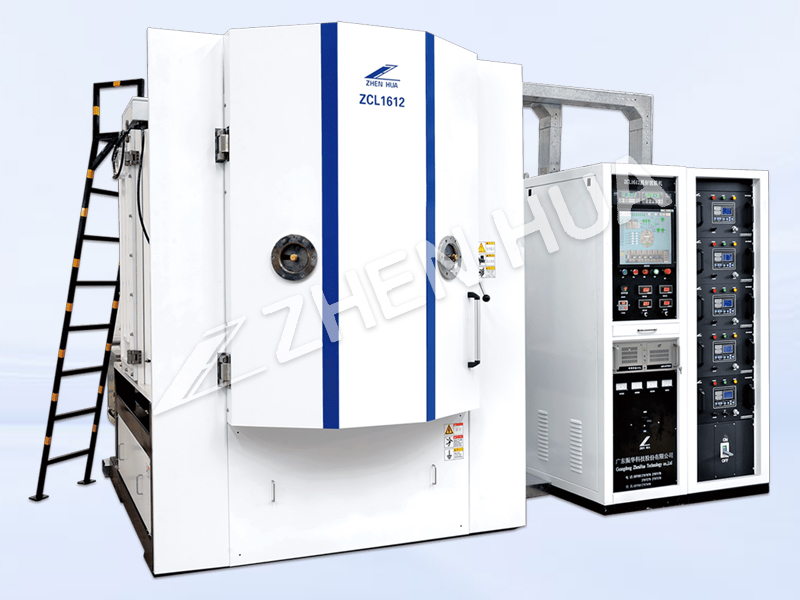Sputtering is a phenomenon in which energetic particles (usually positive ions of gases) hit the surface of a solid (below called the target material), causing atoms (or molecules) on the surface of the target material to escape from it.
 This phenomenon was discovered by Grove in 1842 when the cathode material was migrated to the wall of a vacuum tube during an experiment to study cathodic corrosion. This sputtering method in the substrate deposition of thin films was discovered in 1877, due to use this method deposition of thin films in the early stages of the sputtering rate is low, slow film speed, must be set up in the device of high-pressure and pass into the affective gas and other a series of problems, so the development is very slow and nearly eliminated, only in the chemically reactive precious metals, refractory metals, dielectrics, and chemical compounds, materials on a small number of applications. Until the 1970s, due to the emergence of magnetron sputtering technology, sputtering coating has been rapidly developed, began to enter the revival of the road. This is because the magnetron sputtering method can be constrained by orthogonal electromagnetic field on the electrons, increasing the probability of collision of electrons and gas molecules, not only reduces the voltage added to the cathode, and improve the sputtering rate of positive ions on the target cathode, reducing the probability of bombardment of electrons on the substrate, thereby reducing its temperature, with a “high speed, low temperature The two main characteristics of “high speed and low temperature”.
This phenomenon was discovered by Grove in 1842 when the cathode material was migrated to the wall of a vacuum tube during an experiment to study cathodic corrosion. This sputtering method in the substrate deposition of thin films was discovered in 1877, due to use this method deposition of thin films in the early stages of the sputtering rate is low, slow film speed, must be set up in the device of high-pressure and pass into the affective gas and other a series of problems, so the development is very slow and nearly eliminated, only in the chemically reactive precious metals, refractory metals, dielectrics, and chemical compounds, materials on a small number of applications. Until the 1970s, due to the emergence of magnetron sputtering technology, sputtering coating has been rapidly developed, began to enter the revival of the road. This is because the magnetron sputtering method can be constrained by orthogonal electromagnetic field on the electrons, increasing the probability of collision of electrons and gas molecules, not only reduces the voltage added to the cathode, and improve the sputtering rate of positive ions on the target cathode, reducing the probability of bombardment of electrons on the substrate, thereby reducing its temperature, with a “high speed, low temperature The two main characteristics of “high speed and low temperature”.
To the 1980s, although it appeared only a dozen years, it stands out from the laboratory, really into the field of industrialized mass production. With the further development of science and technology, in recent years in the field of sputtering coating and the introduction of the ion beam enhanced sputtering, the use of a wide beam of strong current ion source combined with magnetic field modulation, and with the combination of conventional dipole sputtering composed of a new sputtering mode; and will be the introduction of intermediate-frequency alternating current power supply to the magnetron sputtering target source. This medium-frequency AC magnetron sputtering technology, called twin target sputtering, not only eliminates the “disappearance” effect of the anode, but also solves the “poisoning” problem of the cathode, which greatly improves the stability of magnetron sputtering, and provides a solid foundation for the industrialized production of compound thin films. This has greatly improved the stability of magnetron sputtering and provided a solid foundation for the industrialized production of compound thin films. In recent years, sputtering coating has become a hot emerging film preparation technology, active in the field of vacuum coating technology.
–This article is released by vacuum coating machine manufacturer Guangdong Zhenhua
Post time: Dec-05-2023

